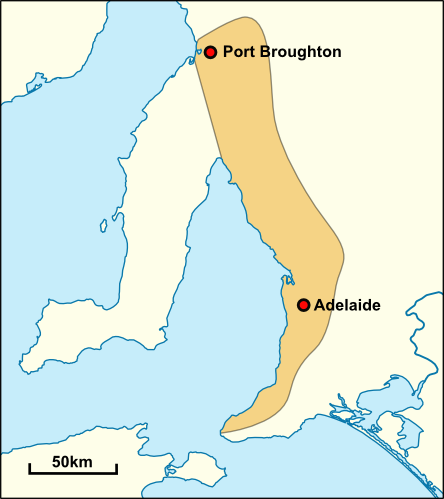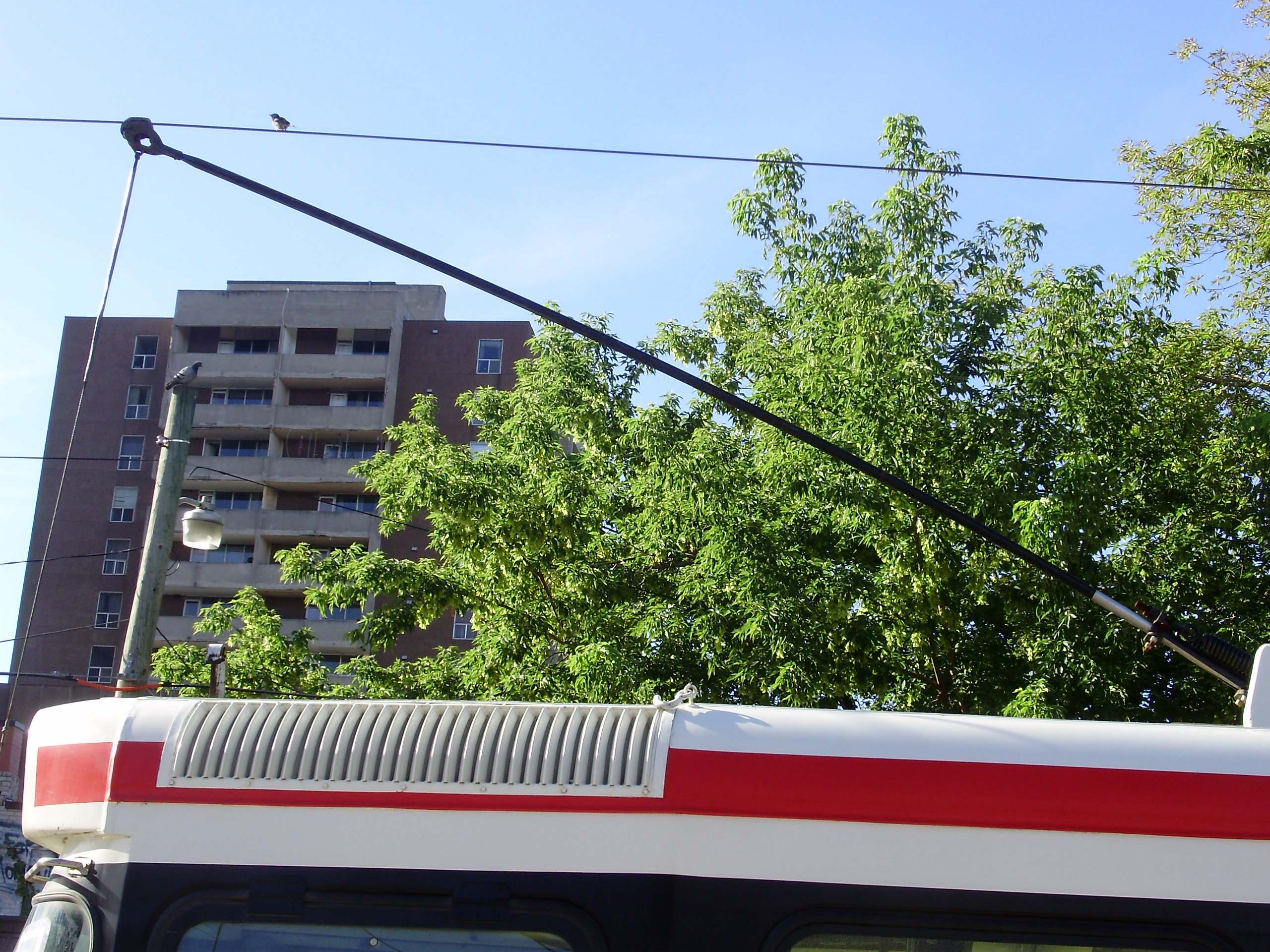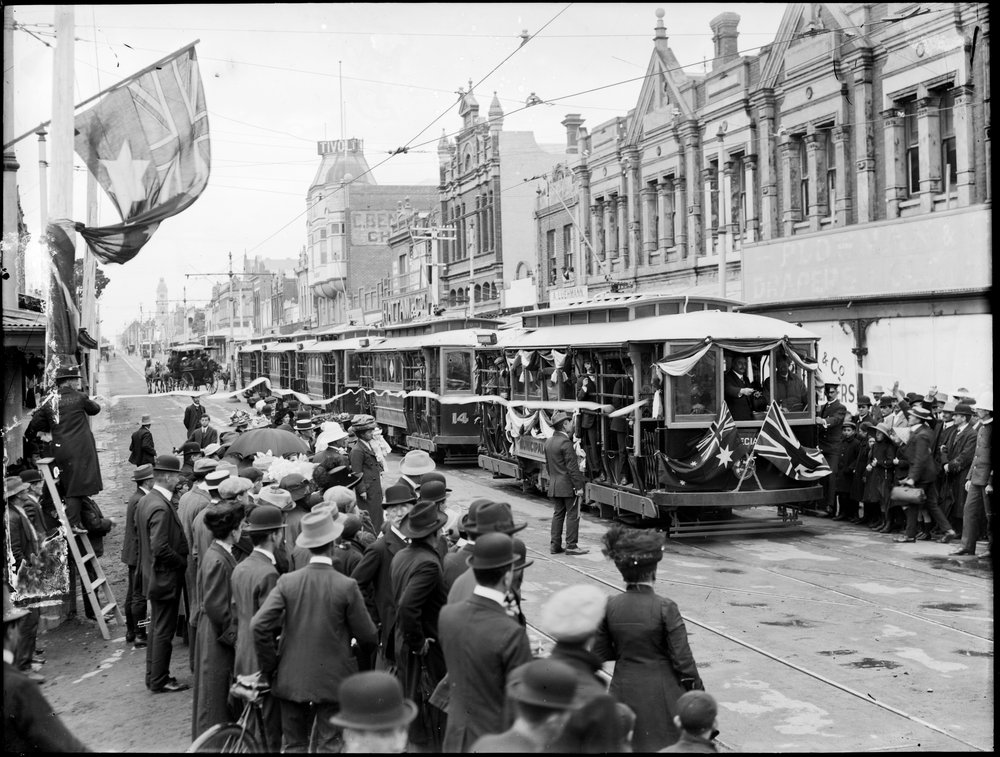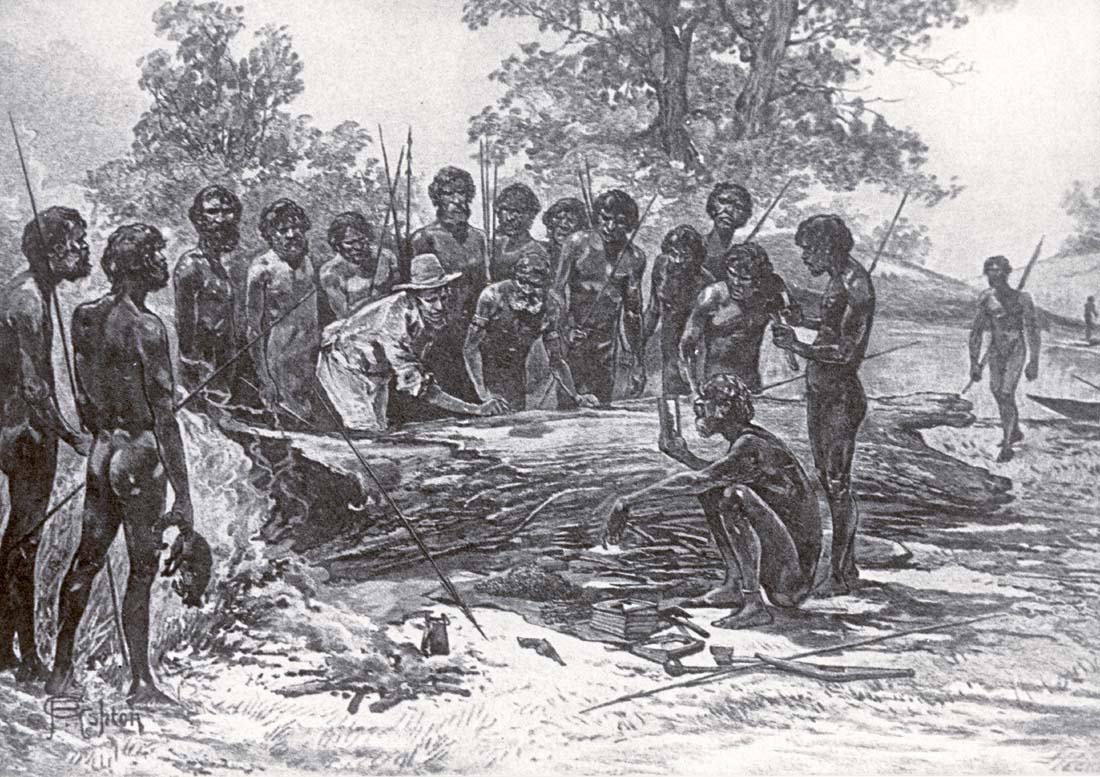|
F-class Melbourne Tram
The F-class was a class of two trams built by Duncan & Fraser, Adelaide, for the Prahran & Malvern Tramways Trust (PMTT). Both passed to the Melbourne & Metropolitan Tramways Board The Melbourne & Metropolitan Tramways Board (MMTB) was a government-owned authority that was responsible for the tram network in Melbourne, Australia between 1919 and 1983, when it was merged into the Metropolitan Transit Authority. It had be ... on 2 February 1920 when it took over the PMTT, becoming the F-class and retaining their running numbers. They were designed as summer cars, with five doors on each side. When rebuilt in 1923, some of the doors were filled in and longitudinal seating was fitted. Vicsig References {{MelbourneTramNavbox, state=collapsed[...More Info...] [...Related Items...] OR: [Wikipedia] [Google] [Baidu] |
Duncan & Fraser
Duncan & Fraser Limited was a vehicle manufacturing company founded in 1865 in Adelaide, South Australia that built horse-drawn carriages and horse trams, and subsequently bodies for trains, electric trams and motor cars, becoming one of the largest carriage building companies in Australia. In 1919 the company decided to abandon coachbuilding and confine itself to automotive manufacture; by 1927 the construction of Ford Model T motor car bodies had become the company's principal activity and the company was operating automotive distributorships and dealerships. However, the succeeding Ford Model A required an all-steel body, which Ford's US headquarters decided would be made in Canada and assembled in Ford's own factory in Geelong. Since most of the company's income had consequently ceased, the shareholders voted in August 1927 to close the company. Horse-drawn carriages In January 1865, coach builder James Duncan and coach painter James Fraser – Scottish immigrants to Adela ... [...More Info...] [...Related Items...] OR: [Wikipedia] [Google] [Baidu] |
Adelaide
Adelaide ( ) is the list of Australian capital cities, capital city of South Australia, the state's largest city and the list of cities in Australia by population, fifth-most populous city in Australia. "Adelaide" may refer to either Greater Adelaide (including the Adelaide Hills) or the Adelaide city centre. The demonym ''Adelaidean'' is used to denote the city and the residents of Adelaide. The Native title in Australia#Traditional owner, Traditional Owners of the Adelaide region are the Kaurna people. The area of the city centre and surrounding parklands is called ' in the Kaurna language. Adelaide is situated on the Adelaide Plains north of the Fleurieu Peninsula, between the Gulf St Vincent in the west and the Mount Lofty Ranges in the east. Its metropolitan area extends from the coast to the Adelaide Hills, foothills of the Mount Lofty Ranges, and stretches from Gawler in the north to Sellicks Beach in the south. Named in honour of Queen Adelaide, the city was founded ... [...More Info...] [...Related Items...] OR: [Wikipedia] [Google] [Baidu] |
Westinghouse Electric Corporation
The Westinghouse Electric Corporation was an American manufacturing company founded in 1886 by George Westinghouse. It was originally named "Westinghouse Electric & Manufacturing Company" and was renamed "Westinghouse Electric Corporation" in 1945. The company acquired the CBS television network in 1995 and was renamed "CBS Corporation" until being acquired by Viacom in 1999, a merger completed in April 2000. The CBS Corporation name was later reused for one of the two companies resulting from the split of Viacom in 2006. The Westinghouse trademarks are owned by Westinghouse Electric Corporation, and were previously part of Westinghouse Licensing Corporation. The nuclear power business, Westinghouse Electric Company, was spun off from the Westinghouse Electric Corporation in 1999. History Westinghouse Electric was founded by George Westinghouse in Pittsburgh, Pennsylvania, on January 8, 1886. The firm became active in developing electric infrastructure throughou ... [...More Info...] [...Related Items...] OR: [Wikipedia] [Google] [Baidu] |
Trolley Pole
A trolley pole is a tapered cylindrical pole of wood or metal, used to transfer electricity from a "live" (electrified) overhead wire to the control and the electric traction motors of a tram or trolley bus. It is a type of current collector. The use of overhead wire in a system of current collection is reputed to be the 1880 invention of Frank J. Sprague, but the first working trolley pole was developed and demonstrated by Charles Van Depoele, in autumn 1885. Middleton, William D. (1967). ''The Time of the Trolley'', pp. 63–65, 67. Milwaukee: Kalmbach Publishing. . Etymology The term "trolley", also used to describe the pole or the passenger car using the trolley pole, is derived from the grooved conductive wheel attached to the end of the pole that "trolls" the overhead wire. The term "trolley" predates the invention of the trolley pole. The earliest electric cars did not use a pole, but rather a system in which each tramcar dragged behind it an overhead cable con ... [...More Info...] [...Related Items...] OR: [Wikipedia] [Google] [Baidu] |
JG Brill Company
The J.G. Brill Company manufactured streetcars,Young, Andrew D. (1997). ''Veteran & Vintage Transit'', p. 101. St. Louis: Archway Publishing. interurban coaches, motor buses, trolleybuses and railroad cars in the United States for almost ninety years, making it the longest-lasting trolley and interurban manufacturer. At its height, Brill was the largest manufacturer of streetcars and interurban cars in the US and produced more streetcars, interurbans and gas-electric cars than any other manufacturer, building more than 45,000 streetcars alone. The company was founded by John George Brill in 1868 in Philadelphia, as a horsecar manufacturing firm. Its factory complex was located in south-west Philadelphia at 62nd St and Woodland Avenue, adjacent to the Baltimore and Ohio Railroad tracks. Over the years, it absorbed numerous other manufacturers of trolleys and interurbans, such as Kuhlman in Cleveland and Jewett in Indiana. In 1944, with business diminishing, it merged ... [...More Info...] [...Related Items...] OR: [Wikipedia] [Google] [Baidu] |
Prahran & Malvern Tramways Trust
The Prahran and Malvern Tramways Trust (PMTT) was a former tram operator in Melbourne, Australia. The trust was formed in 1907, with its first line operating in 1910. Its functions were taken over by the Melbourne & Metropolitan Tramways Board in 1920. History The PMTT was formed under the ''Prahran & Malvern Tramways Trust Act 1907'' to construct and operate electric trams in the municipalities of Prahran and Malvern. The original members of the trust were Alexander Cameron (Chairman), W. O. Strangward (Secretary), H.S. Dix (Manager and Engineer), S. Bangs, William Knox MLC, Walter Lewis and Thomas Luxton. Noyes Brothers were selected as the primary contractors for the work. The first rail was laid along High Street on 20 October 1909. Malvern tram depot opened on 30 May 1910 as were the first lines: along High Street from Charles Street, Prahran to Tooronga Road and the other along Glenferrie and Wattletree Roads from High Street to Burke Road. In 1910, the PMTT was r ... [...More Info...] [...Related Items...] OR: [Wikipedia] [Google] [Baidu] |
Melbourne & Metropolitan Tramways Board
The Melbourne & Metropolitan Tramways Board (MMTB) was a government-owned authority that was responsible for the tram network in Melbourne, Australia between 1919 and 1983, when it was merged into the Metropolitan Transit Authority. It had been formed by the merger of a number of smaller tramway trusts and companies that operated throughout the city. History In 1869 Francis Boardman Clapp set up the Melbourne Omnibus Company (MOC) which ran horse-drawn trams in the inner suburbs of Melbourne. The company carried five million passengers. By 1882 the company had over 1,600 horses and 178 omnibuses. In 1885 the company carried 11.7 million passengers. In 1885 Clapp's MOC was granted a 30-year exclusive franchise for a cable tram network in Melbourne, with no competing lines being permitted. Clapp reorganised the company as the Melbourne Tramway & Omnibus Company (MTOC). A total of 15 lines were built, opening progressively between 1885 and 1919. The first serious electri ... [...More Info...] [...Related Items...] OR: [Wikipedia] [Google] [Baidu] |
Melbourne Tram Vehicles
Melbourne ( ; Boonwurrung/Woiwurrung: ''Narrm'' or ''Naarm'') is the capital and most populous city of the Australian state of Victoria, and the second-most populous city in both Australia and Oceania. Its name generally refers to a metropolitan area known as Greater Melbourne, comprising an urban agglomeration of 31 local municipalities, although the name is also used specifically for the local municipality of City of Melbourne based around its central business area. The metropolis occupies much of the northern and eastern coastlines of Port Phillip Bay and spreads into the Mornington Peninsula, part of West Gippsland, as well as the hinterlands towards the Yarra Valley, the Dandenong and Macedon Ranges. It has a population over 5 million (19% of the population of Australia, as per 2021 census), mostly residing to the east side of the city centre, and its inhabitants are commonly referred to as "Melburnians". The area of Melbourne has been home to Aboriginal Victorians ... [...More Info...] [...Related Items...] OR: [Wikipedia] [Google] [Baidu] |
.jpg)





